 So you've been to the Farmers' Market - or the local supermarket - and loaded up with the most beautiful fruits and vegetables that summer has to offer! Now what? With a few simple steps, you can ensure your "summer bounty" will be fresh and delicious several days from now and avoid the sad tragedy of having to throw out a bag of "fruit gone bad".
So you've been to the Farmers' Market - or the local supermarket - and loaded up with the most beautiful fruits and vegetables that summer has to offer! Now what? With a few simple steps, you can ensure your "summer bounty" will be fresh and delicious several days from now and avoid the sad tragedy of having to throw out a bag of "fruit gone bad".It all begins with getting to know your produce - and your refrigerator. All produce is not created equal and your refrigerator is not the same temperature throughout. Your refrigerator has "microclimates", or zones that vary in humidity and temperature:

Coldest Area (34 degrees or below): The back of fridge - particularly the top and middle shelves.
Mildest Area (38 degrees or higher): The front of the fridge - all shelves.
Humid Area: The crisper drawers. It's also important to know that some produce doesn't belong in the fridge at all.
 Here's a breakdown of the best storage spots for your fruits and vegetables:
Here's a breakdown of the best storage spots for your fruits and vegetables:The Front of the Fridge (higher temperature is best for items prone to chill-injury): oranges, lemons, limes, grapefruit, all berries, corn, melons and peas.
Anywhere in the Fridge (including the coldest area for those items not prone to chill-injury): grapes, cherries, apples
The Crisper Drawer (the higher humidity keeps items with high water content from drying out and shriveling): asparagus, broccoli. carrots, cucumbers, fresh herbs, green beans, all leafy greens, mushrooms, peppers, summer squash and zucchini.
On the Kitchen Counter (no refrigeration needed unless the items have passed their peak of freshness): avocados, bananas, kiwis, mangos, nectarines, peaches, pears, pineapple, plums and tomatoes.
In the Pantry (away from light at room temperature): garlic, onions, potatoes and sweet potatoes.

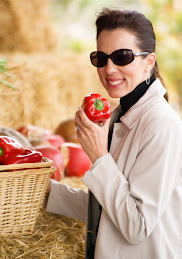
.jpg)
.jpg)
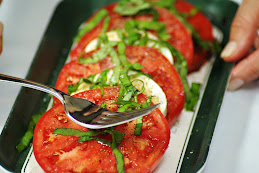
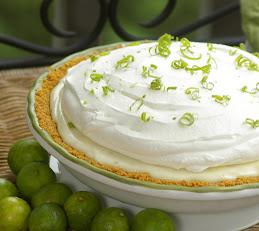


.jpg)


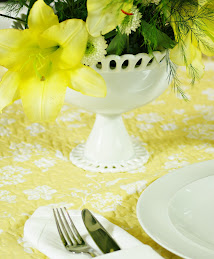
.jpg)
.jpg)

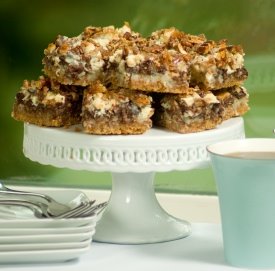
.jpg)
.jpg)
.jpg)
.jpg)
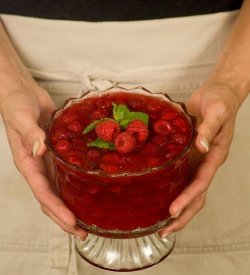
.jpg)
.jpg)